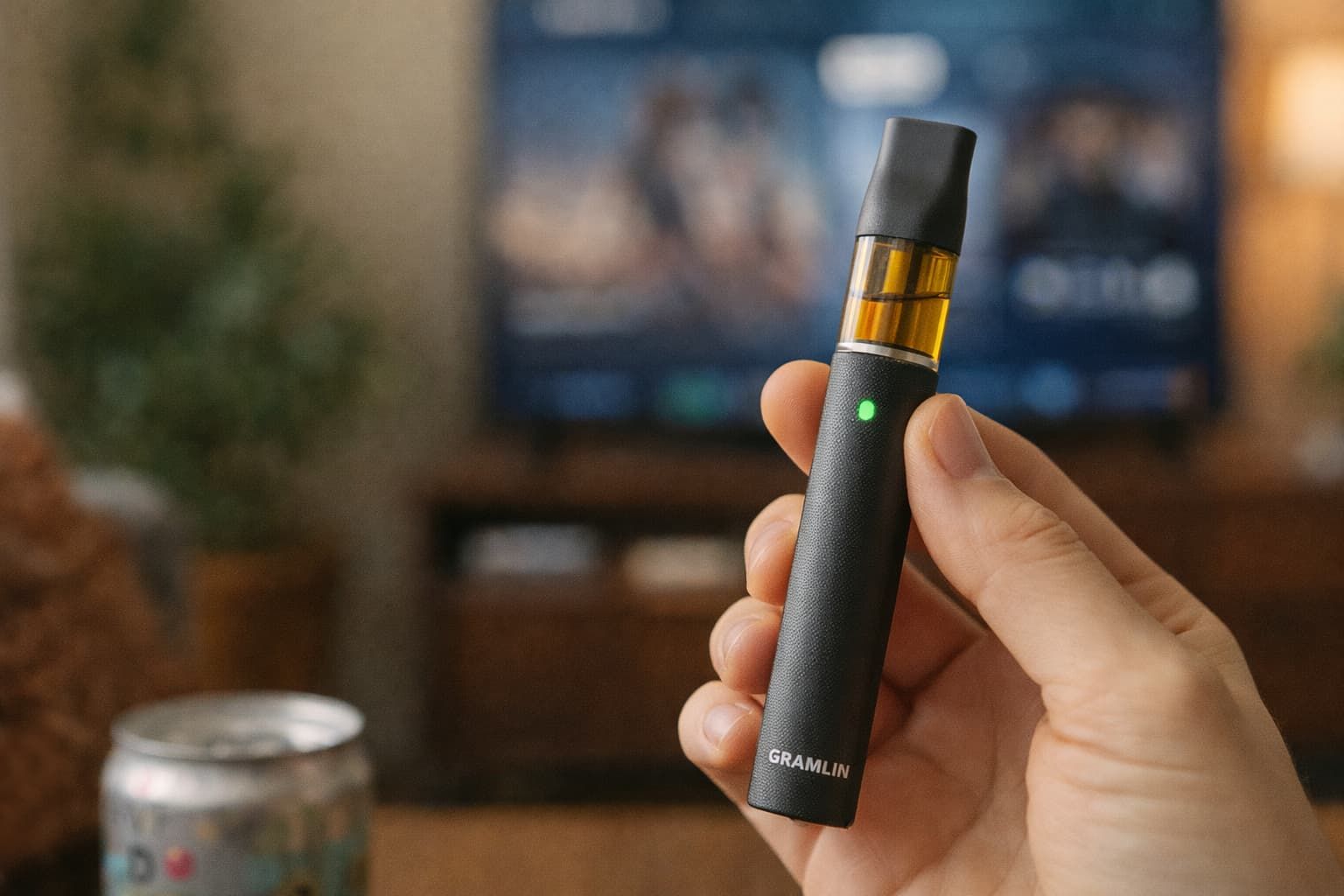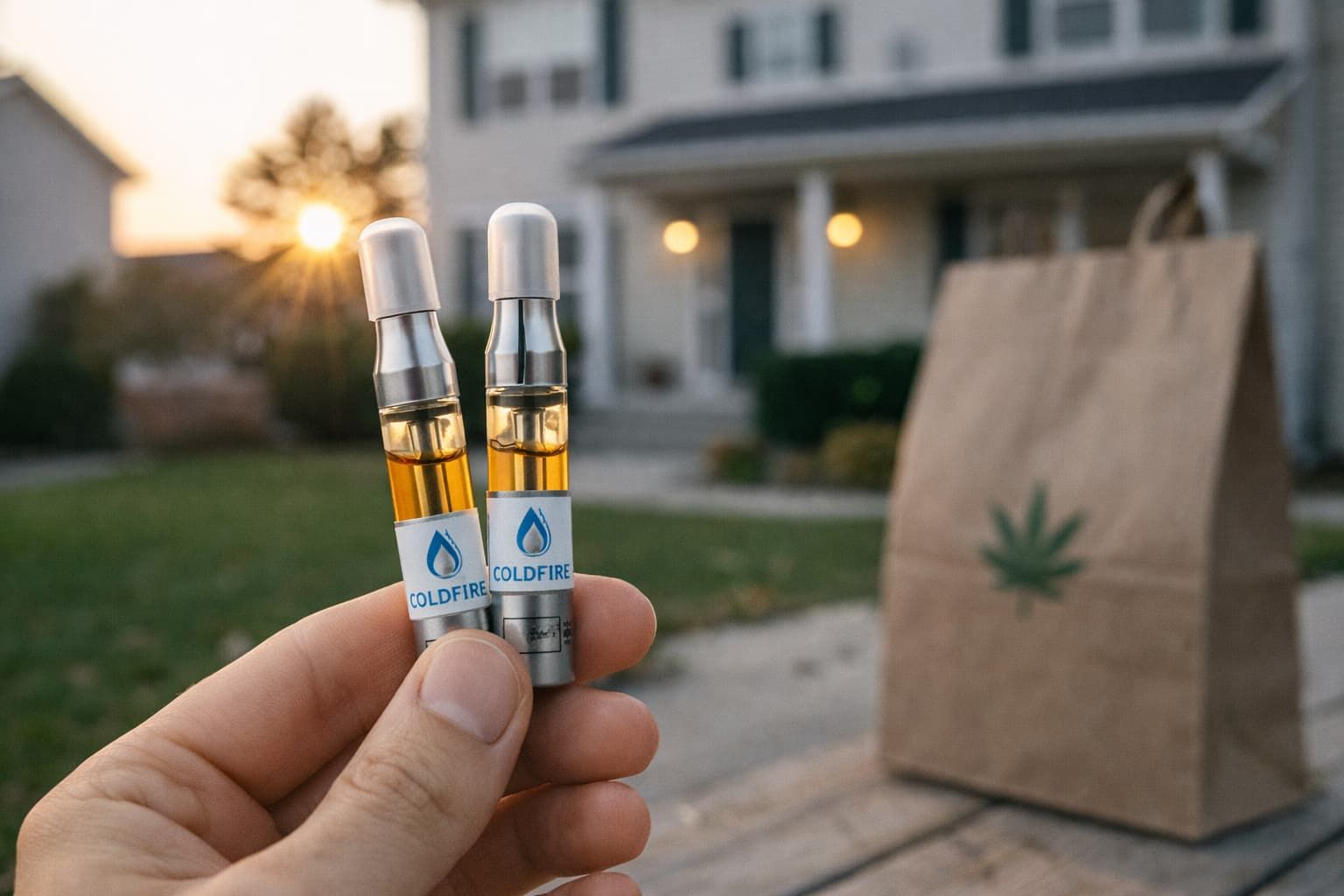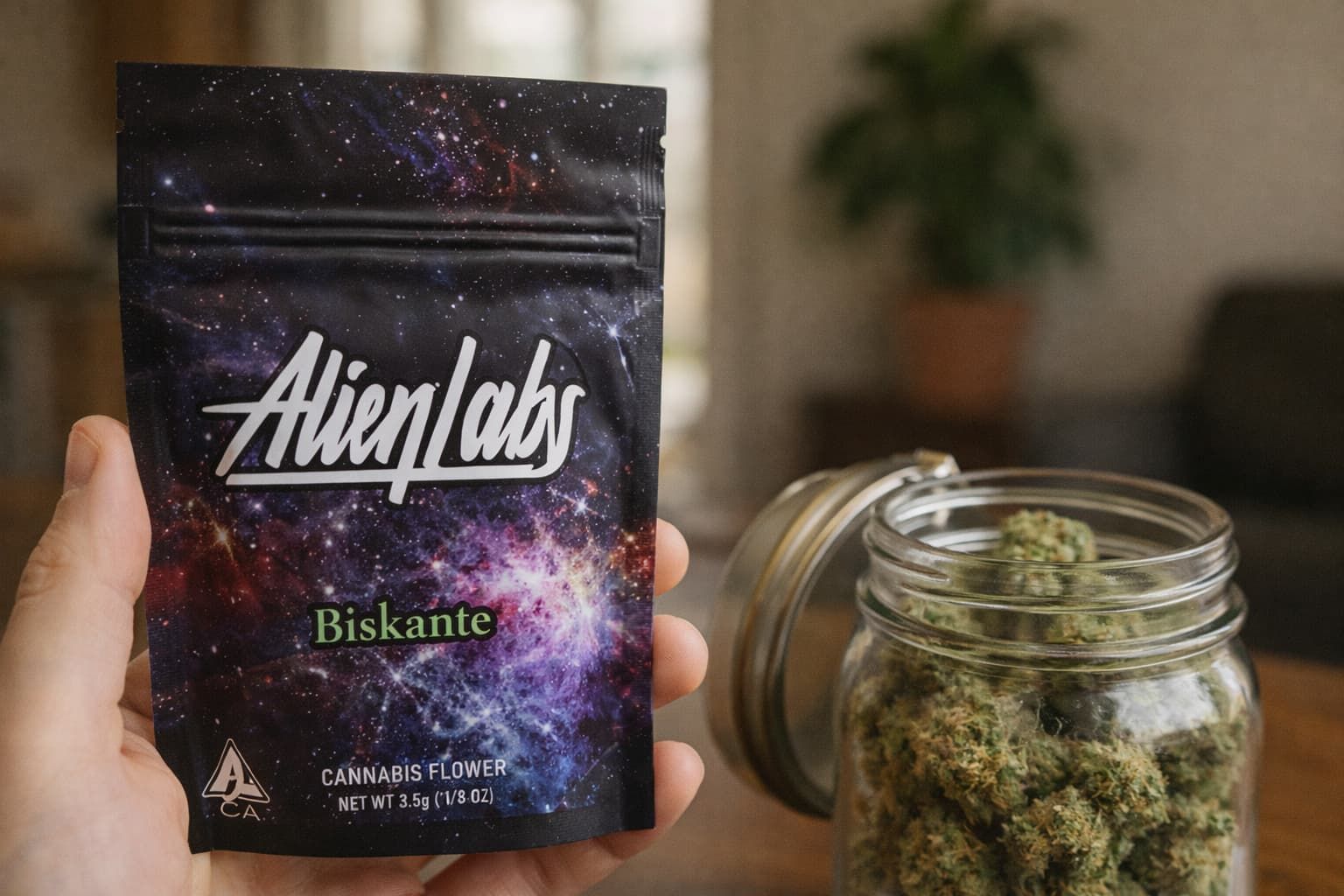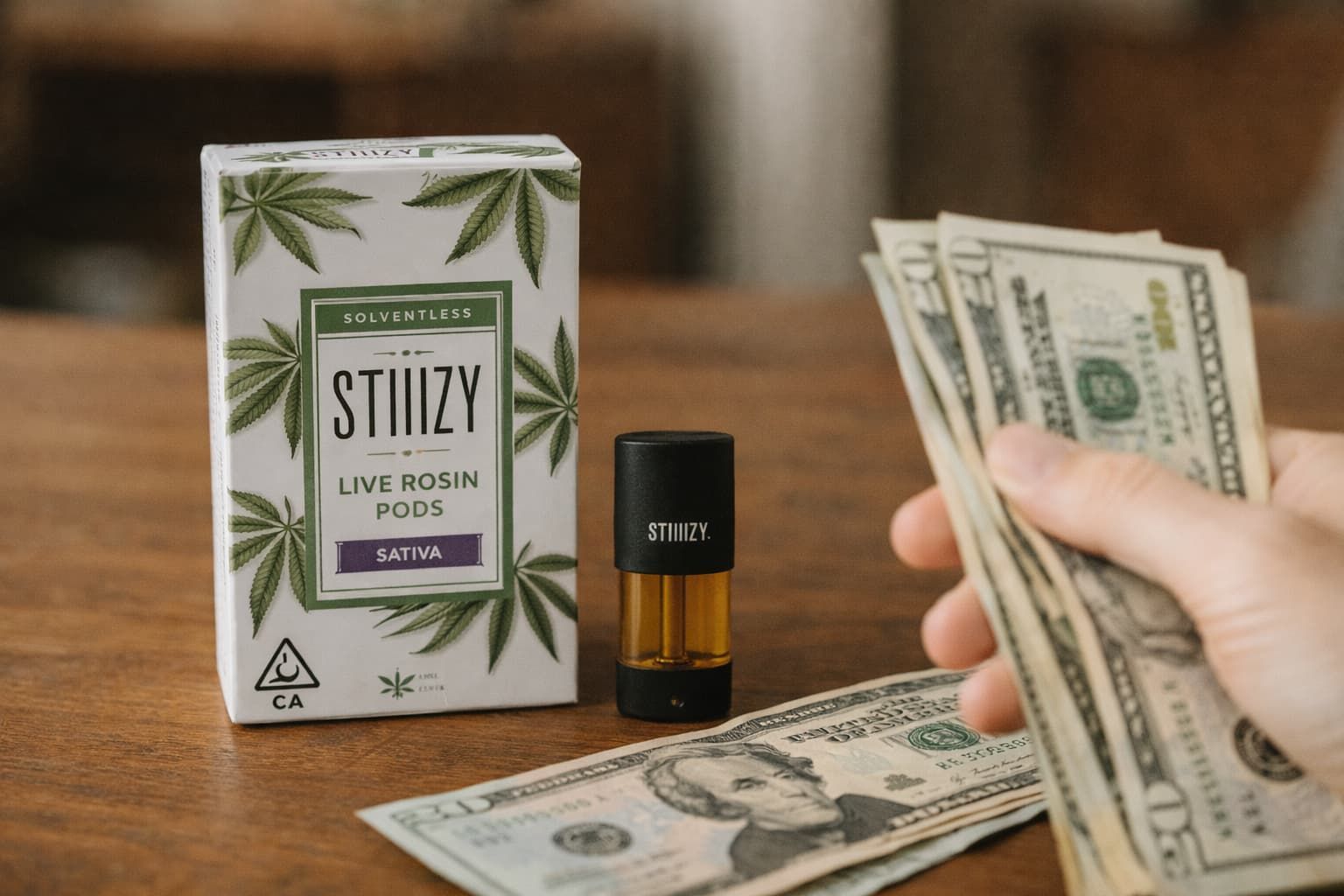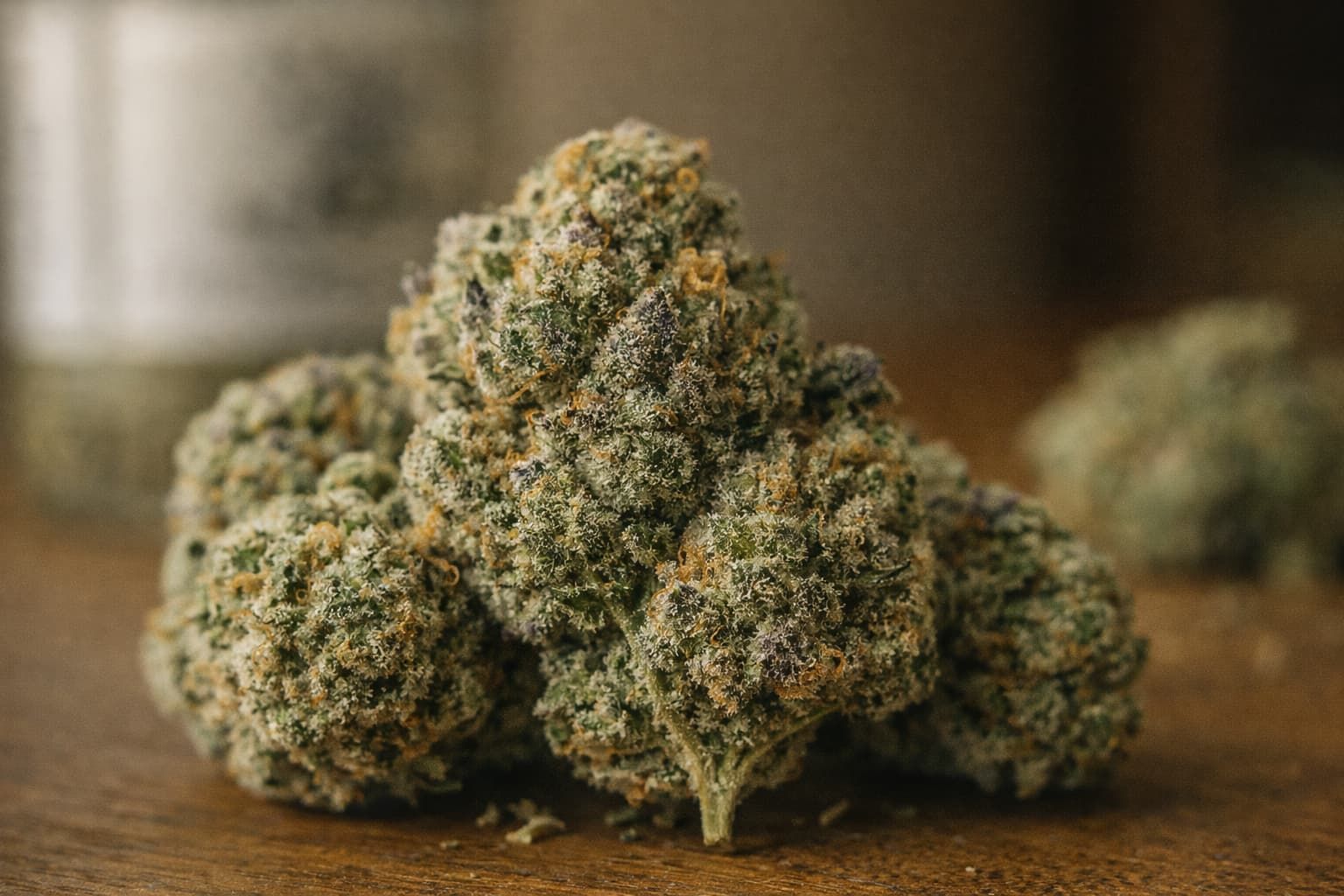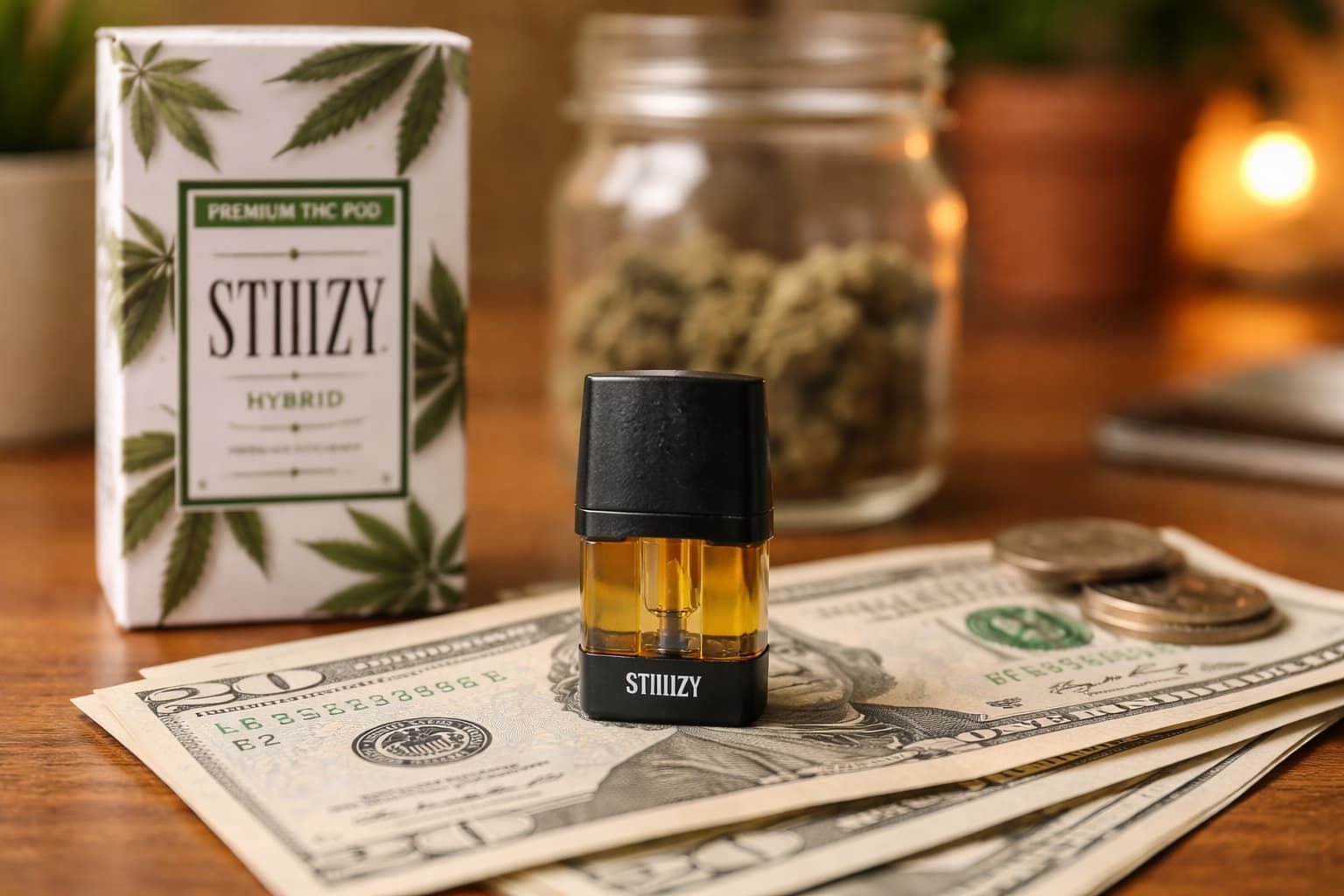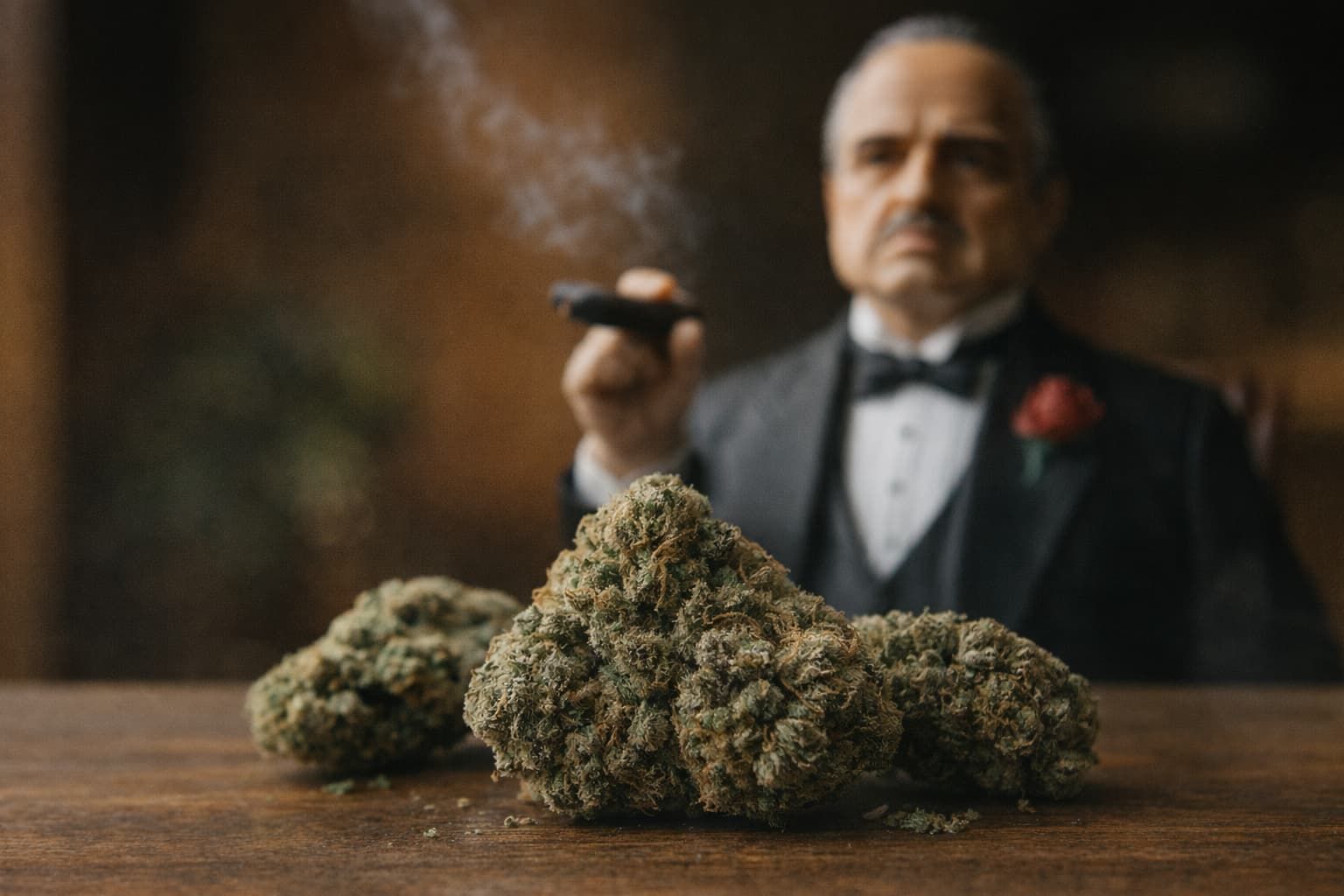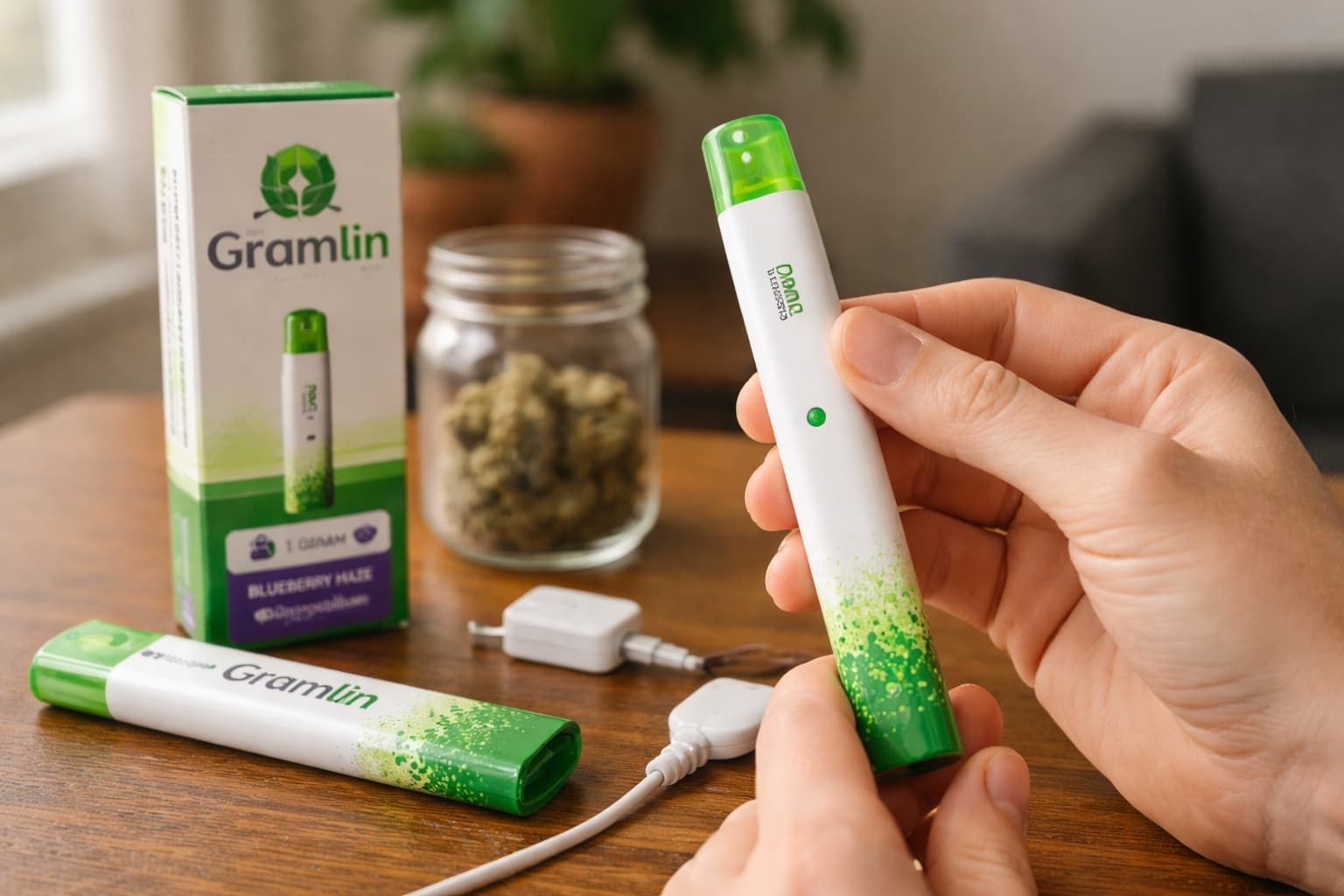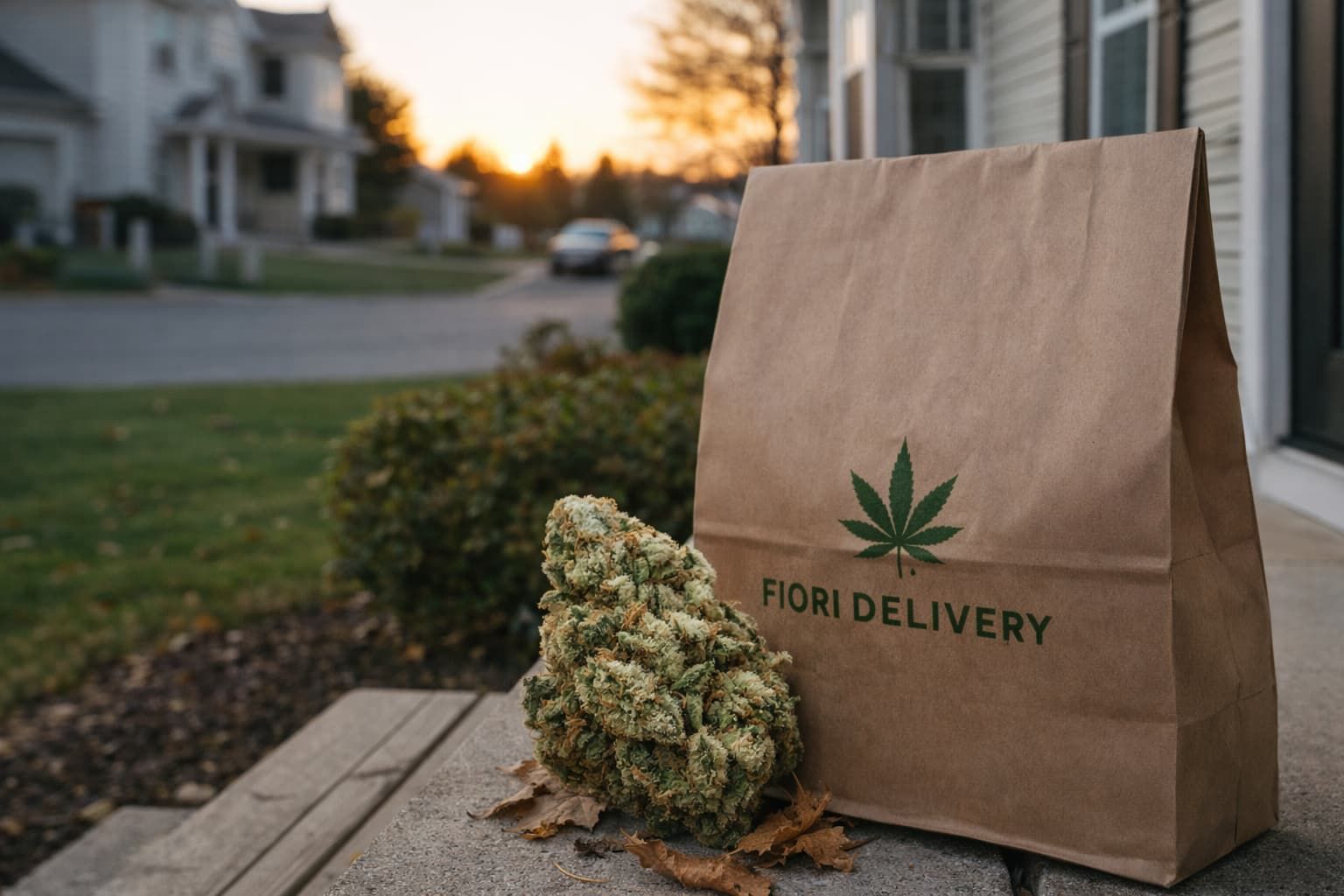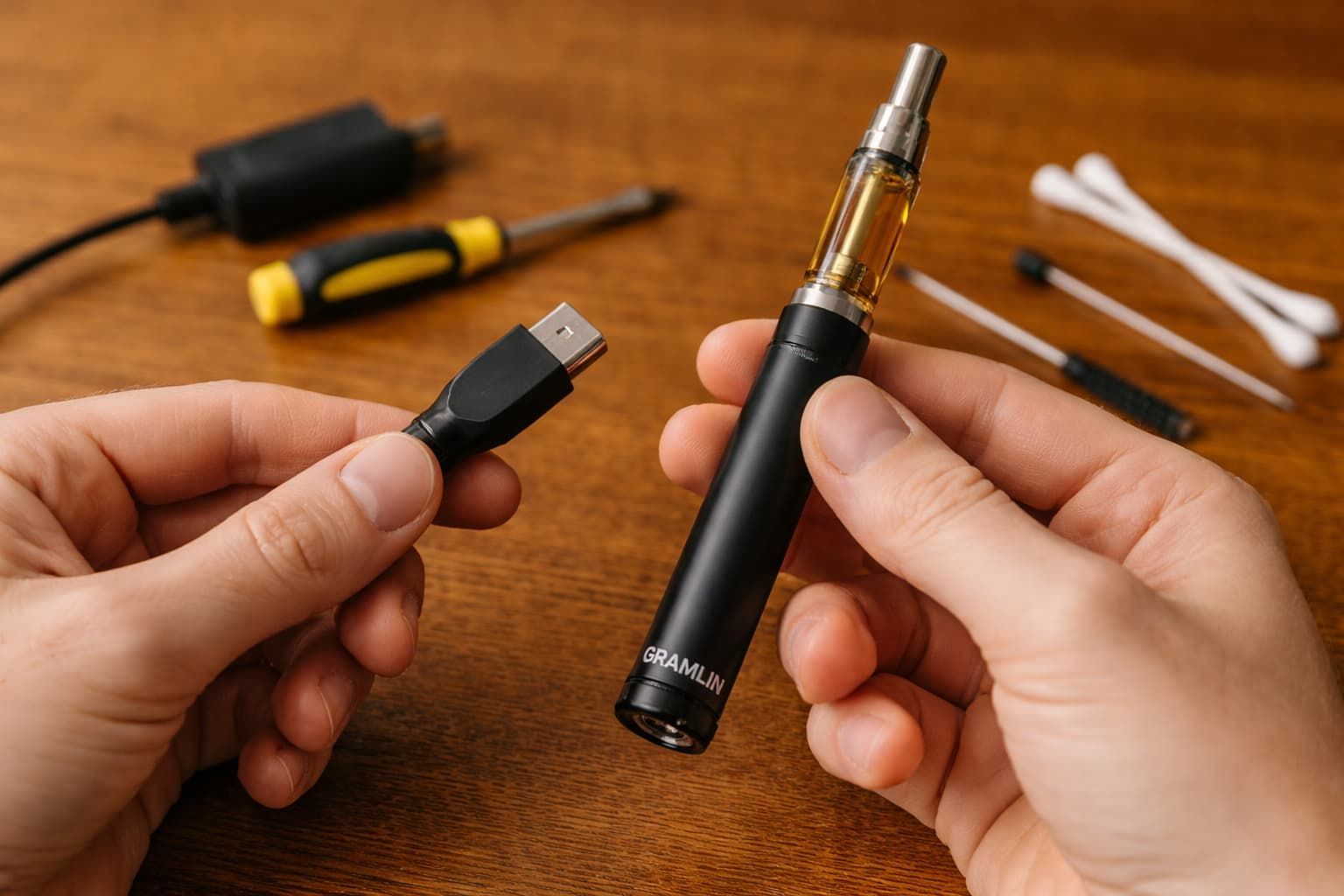Don't forget to return to your survey
and get your discount!
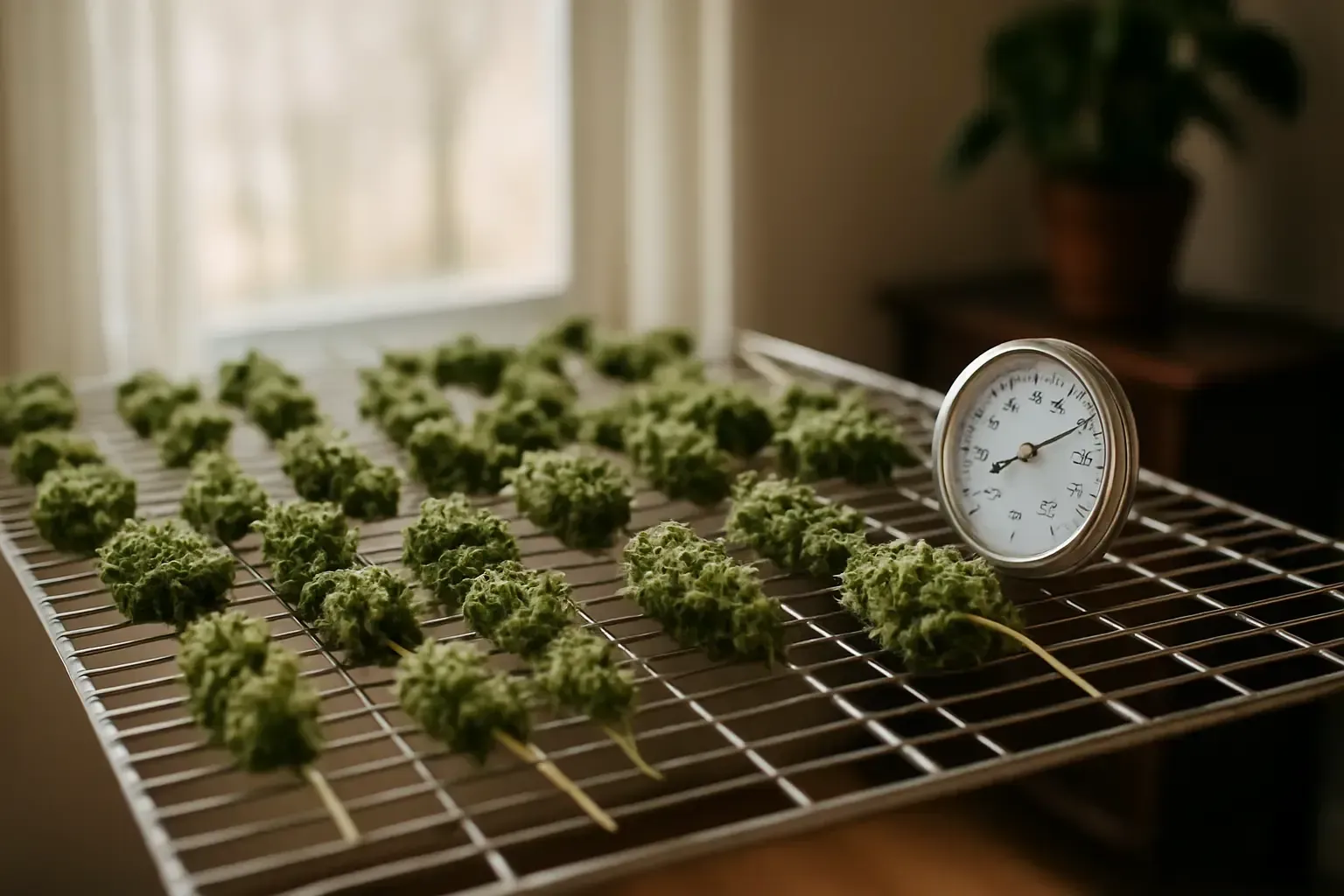
How long to dry weed is one of the most common questions new and experienced growers ask and for good reason.
Drying cannabis properly is one of the most critical steps in post-harvest processing. Do it too fast or too slow, and you risk losing flavor, potency, or even allowing mold to take hold.
At Fiori Delivery, we know that premium flowers aren’t just about what’s grown in the soil. It’s about how well it's handled after harvest.
In this article, we break down the optimal drying time, key influencing factors, and best practices.
Why Drying Matters
Freshly harvested cannabis buds contain a lot of water, typically 75–80% by weight. That high moisture content means the plant material is vulnerable to microbial growth, mold, and spoilage.
Drying is more than just removing water. It’s about doing so gradually and intelligently so that the desirable compounds – THC, CBD, and especially the volatile terpenes – are preserved.
If you dry too quickly, you risk “locking in” moisture internally (leading to mold later) or evaporating aromas. If you dry too slowly, the outer layers degrade, microbes may creep in, or chlorophyll breakdown may be incomplete, leading to harsher smoke.
One recent study on medicinal cannabis found that adopting controlled-atmosphere drying (managing humidity, temperature, and gas composition) cut drying + curing time by at least 60%, while still preserving terpene profiles. That shows how large the gains can be when drying is done thoughtfully.
General Timeline: What to Expect (and Why)
Under ideal conditions, most growers aim for 7–14 days of drying. During this span:
- Days 1–3: Rapid moisture loss from outer surfaces.
- Days 4–7: Gradual internal moisture diffusion to outer layers.
- Days 8–14: Final drying and stabilization before curing.
Many cultivators view ~10 days as the “sweet spot,” balancing speed and quality. (In fact, in informal industry surveys, 10 days is frequently cited as the target for premium flower drying.)
But those are averages. Real-world timing depends heavily on multiple factors (see next section).
How to Tell When Buds Are Dry Enough
- Stem “snap” test: If a small stem in a bud snaps cleanly instead of bending, that’s a strong sign it’s dry.
- Bud feel: The flower should feel dry on the outside but still retain a slight inner springiness.
- Weight reduction: Many buds lose 60–75% of wet weight by the end of drying.
If you exceed 14 days, you run the risk of overdrying, leading to crumbled buds, diminished aroma, and a harsher smoking experience.
Key Factors That Influence Drying Time
Drying is not “one-size-fits-all.” These variables can speed up or slow down the process dramatically:
1. Temperature
The ideal range is 60–70 °F (15–21 °C).
- Go too hot: Terpenes may evaporate, cannabinoids degrade, outer layers dry first, and trap moisture inside.
- Too cold: Drying slows so much that mold risk increases on the inner layers.
2. Relative Humidity (RH)
Aim to keep RH between 45–55% during drying.
- RH above ~60% risks mold and microbial growth.
- RH below ~40% may dry too fast and degrade terpenes.
3. Airflow & Circulation
Gentle, indirect airflow is beneficial. It helps carry away moisture without blasting the buds and causing uneven drying. Avoid direct fans aiming at buds, which can overdry the surface.
4. Bud Size & Density
Large, dense colas naturally take longer to dry than small, airy buds. Expect a big cola to need extra days to dry evenly from the inside out.
5. Trim Strategy: Wet Trim vs Dry Trim
- Wet trimming (trimming immediately after harvest) can speed drying by removing excess foliage that holds water.
- Dry trimming (leave leaves on until after drying) reduces exposed surfaces early, which can slow drying slightly, but some argue it protects trichomes and terpenes.
Common Drying Methods & Innovations
Traditional Hang Drying
This is the classic method: hang branches upside down in a dark, controlled room. It ensures good air circulation around the entire bud and lets gravity assist in moisture movement.
Rack Drying
Used when space is limited or for smaller buds. Place bud-laden trays or nets in a rack in controlled conditions. Good for smaller harvests, but must ensure airflow under and around trays to avoid mold hotspots.
Machine-Assisted/Advanced Methods
- Microwave-Infrared hybrid drying has been tested, showing very short drying times (16–200 minutes) in lab settings.
- As mentioned earlier, controlled-atmosphere drying chambers (with fine control of temperature, humidity, and gas mix) have successfully cut drying + curing time by ~60%.
- Many commercial growers are investigating or using automated drying/curing systems to reduce human error and increase consistency.
These machine-assisted or chamber methods often carry a higher upfront cost or complexity but offer greater speed and consistency.
Mistakes to Avoid When Drying Cannabis
Even with good intentions, drying pitfalls abound. Here are common missteps:
- Rushing with heat: Cranking up the heat to “get it over with” can evaporate terpenes or decarboxylate cannabinoids prematurely.
- Overdrying: Leaves buds brittle, aroma-lost, and harsh to smoke.
- Underdrying: Leaves internal pockets with moisture. Perfect for mold or mildew.
- Light exposure: UV and visible light degrade THC into CBN over time. In studies, THC degradation under UV exposure can reach ~10% in just a week.
- Poor air circulation or overcrowding: stagnant microclimates in dense buds cause mold or uneven drying.
From Drying to Curing: What Comes Next
Drying is only half the post-harvest journey. Once buds are dry, they’re typically moved into curing—the slow, controlled process (often in glass jars) that lets remaining moisture redistribute, chlorophyll break down, and flavors deepen.
A good rule of thumb: move into curing once the stems snap and the buds feel dry but not brittle.
Sample Drying Timeline (for a Medium-Sized Harvest)
| Day | What Happens | Notes / Adjustments |
|---|---|---|
| Day 0 | Harvest & hang branches | Trim large fan leaves if desired |
| Day 1–3 | Rapid moisture loss, outer layers dry | Monitor RH/temperature closely |
| Day 4–7 | Moisture migrates from the inner to the outer | Adjust airflow to prevent pockets |
| Day 8–10 | Final drying phase | Test stem snap, monitor small buds |
| Day 10–14 | Buffer zone/safety window | Don’t rush—ensure full dryness before curing |
Use that buffer window if the humidity or temperature wasn’t ideal in earlier days.
Conclusion
Drying cannabis is as much art as science. While the 7–14 day window is a helpful rule of thumb, your actual timeline will depend heavily on temperature, humidity, airflow, bud structure, and trimming approach.
Too fast, lose flavor. Too slow, invite mold.
With the right environment and patience, you’ll give your buds the best chance to develop their full aromatic and cannabinoid potential. At Fiori Delivery, we partner with cultivators who fine-tune this process so that when you receive your flower, it’s already dried, cured, and ready for peak experience.
Ready for Perfectly Dried & Cured Cannabis?
Drying cannabis at home takes time, patience, and the right environment. If you’d rather skip the trial and error, Fiori Delivery has you covered. Our weed dispensary delivery in Sacramento partners with trusted California cultivators who expertly dry and cure their flower to preserve rich terpene profiles and maximize potency.
Instead of waiting weeks for buds to be ready, you can enjoy premium cannabis, already dried, cured, and packaged for freshness, delivered straight to your door.
Browse our menu for top-quality flower, prerolls, and more, and experience the difference that professional post-harvest care makes.
Don't forget to return to your survey
and get your discount!

